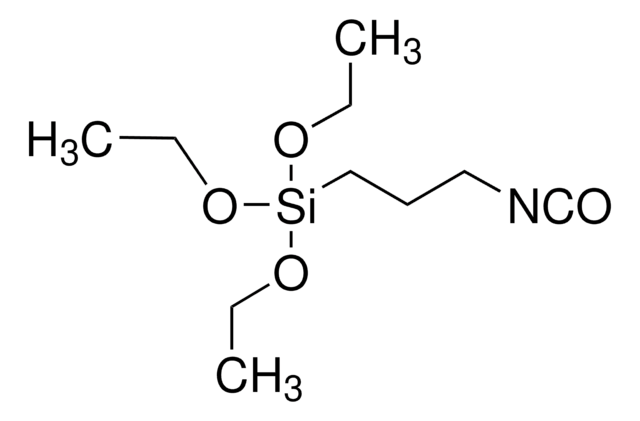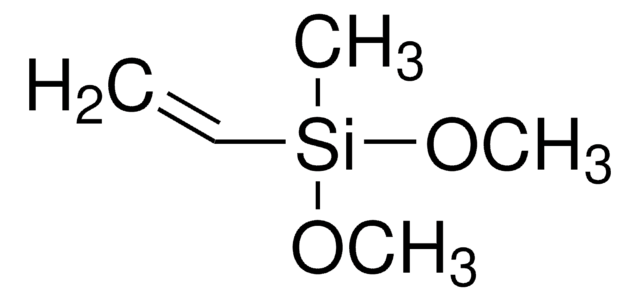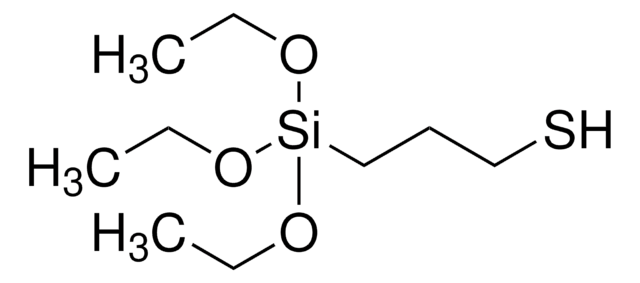539252
3-Glycidoxypropyldimethoxymethylsilane
97%
Synonym(s):
(3-Glycidoxypropyl)methyldimethoxysilane
About This Item
Recommended Products
Quality Level
assay
97%
form
liquid
refractive index
n20/D 1.432 (lit.)
bp
100 °C/4 mmHg (lit.)
density
1.02 g/mL at 25 °C (lit.)
SMILES string
CO[Si](C)(CCCOCC1CO1)OC
InChI
1S/C9H20O4Si/c1-10-14(3,11-2)6-4-5-12-7-9-8-13-9/h9H,4-8H2,1-3H3
InChI key
WHGNXNCOTZPEEK-UHFFFAOYSA-N
General description
Application
wgk_germany
WGK 3
flash_point_f
closed cup
flash_point_c
closed cup
ppe
Eyeshields, Gloves, multi-purpose combination respirator cartridge (US)
Certificates of Analysis (COA)
Search for Certificates of Analysis (COA) by entering the products Lot/Batch Number. Lot and Batch Numbers can be found on a product’s label following the words ‘Lot’ or ‘Batch’.
Already Own This Product?
Find documentation for the products that you have recently purchased in the Document Library.
Customers Also Viewed
Our team of scientists has experience in all areas of research including Life Science, Material Science, Chemical Synthesis, Chromatography, Analytical and many others.
Contact Technical Service

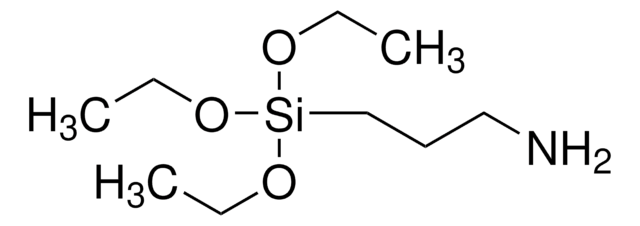
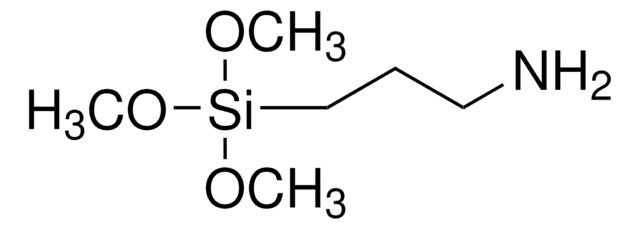

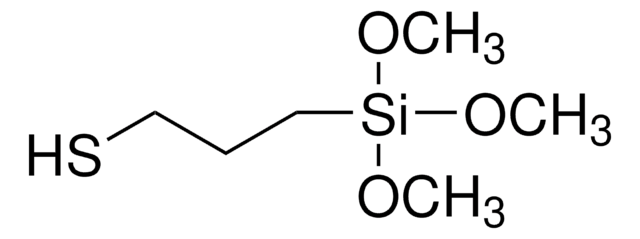
![[3-(2,3-Epoxypropoxy)-propyl]-trimethoxysilane for synthesis](/deepweb/assets/sigmaaldrich/product/images/156/055/2b7a2b4c-aca4-46e8-a055-64313c26c699/640/2b7a2b4c-aca4-46e8-a055-64313c26c699.jpg)

